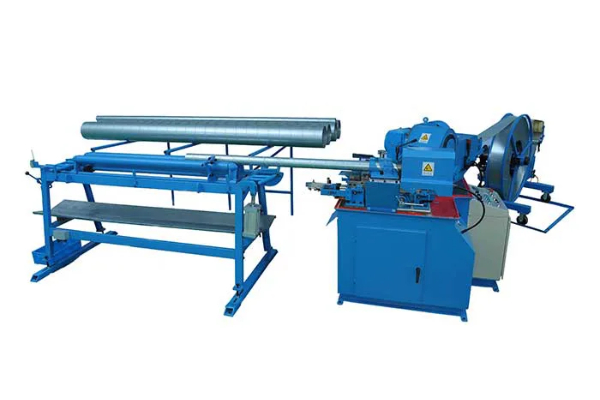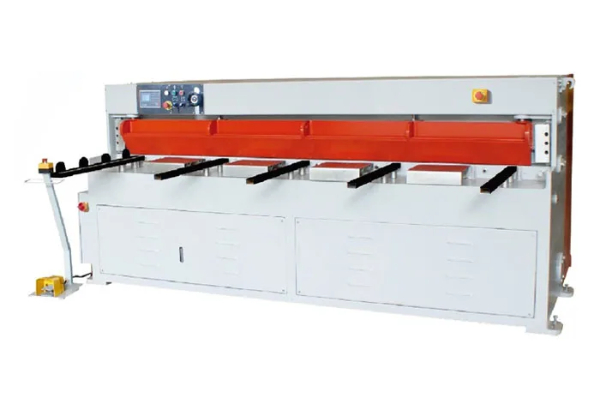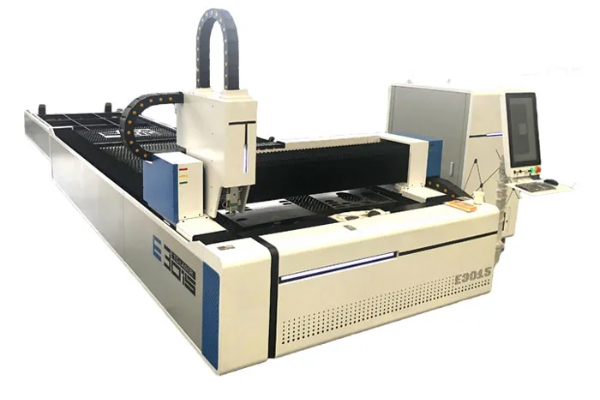
Best Practices for Designing Parts for Metal Plate Bending
- By:Metmac
- 2024-08-29
- 104
In the realm of metalworking, metal plate bending is a fundamental process that shapes sheet metal into desired contours and angles. Achieving accurate and efficient bends requires careful consideration of design principles to ensure part integrity and functional performance. This article presents best practices for designing parts for metal plate bending, providing guidelines to optimize the bending process and avoid common pitfalls.
Bend Radius
The bend radius determines the sharpness of the bend and plays a crucial role in material deformation. Generally, a minimum bend radius of 2-3 times the material thickness is recommended to prevent cracking or excessive deformation. Larger bend radii are preferred for thicker materials or those with higher tensile strength. Additionally, the bend radius should be consistent throughout the part to avoid stress concentrations.
Material Considerations
The choice of material has a significant impact on the bending process. Softer materials, such as aluminum and copper, are easier to bend, while harder materials, such as stainless steel and titanium, require more force and may need special tooling. The tensile strength, yield strength, and elongation at break should be considered when selecting the material to ensure it can withstand the bending forces without fracturing.
Die Selection
The selection of the bending die is essential for achieving precise and consistent bends. The die should have the correct radius and width to match the designed bend. Using dies with a smaller radius than the recommended bend radius can lead to excessive material deformation or cracking. Additionally, the die should be in good condition, free from nicks or burrs, which can damage the material during bending.
Bending Sequence
The order in which bends are made can affect the final part shape and accuracy. Generally, it is recommended to start with the outer bends and work towards the inner bends. This prevents the material from being pinched during subsequent bends and ensures proper alignment. Additionally, bends that are perpendicular to each other should be made in separate operations to avoid introducing unwanted stresses into the part.
Springback
Springback is the tendency of the material to return to its original shape after bending. This phenomenon can be significant, especially with thin materials or materials with high springback properties. To account for springback, it is necessary to overbend the part slightly beyond the desired angle to achieve the correct final shape. The amount of overbend required depends on the material and bend radius.
Tolerances
Tolerances are critical for ensuring the accuracy and fitment of the bent part. Tight tolerances require careful control of the bending process, including the material, tooling, and bending sequence. Tolerances should be specified on the part drawing and should be discussed with the metal plate bending supplier to ensure they can be met.
Quality Control
Quality control is essential to verify that the bent parts meet the specified requirements. This involves inspecting the parts for dimensional accuracy, surface finish, and any defects such as cracking or bending errors. Non-destructive testing methods, such as optical inspection and ultrasonic testing, can be used to ensure the integrity of the parts.
By following these best practices for designing parts for metal plate bending, engineers and designers can optimize the bending process, improve part quality, and reduce the risk of defects. These guidelines provide a framework for creating parts that meet functional requirements and ensure precision and reliability in various applications.
-
High-Precision Solutions from Leading Sheet Metal Cutting Machine Manufacturers
2025/09/11 -
Reliable Sheet Metal Equipment for Sale to Support Precision Fabrication
2025/07/17 -
Advanced Duct Machine AC and Fabrication Solutions from Metmac
2025/07/12 -
The Advantages of Using a Sheet Roll Forming Machine in Manufacturing
2024/09/14
-
Precision Sheet Metal Cutting and Processing Machines for Modern Manufacturing
2025/09/25 -
Advanced Sheet Metal Processing Machines for Industrial Applications
2025/09/25 -
High-Precision Sheet Metal Cutting Machines for Modern Manufacturing
2025/09/25 -
Efficient Sheet Metal Working Machines for Modern Manufacturing
2025/09/17
-
A Guide to the Latest Innovations in Sheet Metal Folding Machines
2024/11/29 -
Key Features to Consider When Investing in a Sheet Metal Folding Machine
2024/11/28 -
Enhancing Precision with Advanced Sheet Metal Folding Machines
2024/11/27 -
How to Choose the Right Sheet Metal Folding Machine for Your Workshop
2024/11/26





